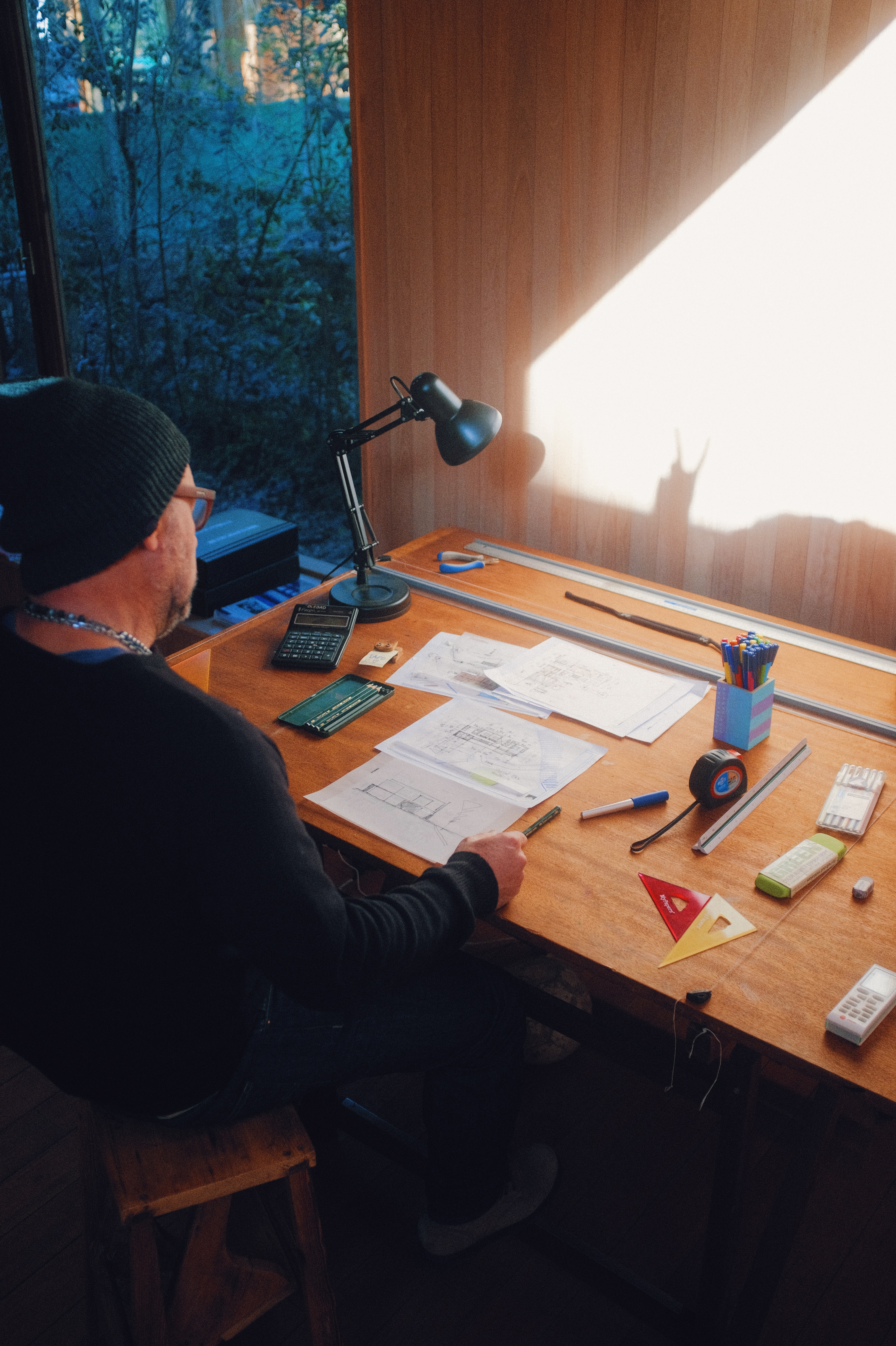A Journey Through the Mind: How Neuroscience Inspires Innovative UX Design
Apr 3, 2023

Imagine embarking on an exciting adventure through the complexities of the human mind, seeking to unravel the mysteries of how we process and respond to the digital world around us. This is the journey that UX designers are taking as they explore the intersection of neuroscience and UX design. By understanding the principles of neuroscience, designers can create truly engaging and memorable user experiences that resonate with users on a deep level. Let's follow the path of this emerging field as we delve into how neuroscience can inspire novel approaches to design and lead to the creation of exceptional digital experiences.
The Emotional Connection: Capturing Users' Hearts and Minds
Our story begins in a world where emotions play a crucial role in decision-making and memory formation. UX designers, equipped with this knowledge, strive to create experiences that evoke positive emotions, leading to stronger user engagement and lasting impressions. Techniques such as storytelling, the use of color and typography, and rewarding interactions all contribute to crafting emotionally resonant experiences that capture users' hearts and minds.
The Quest for Clarity: Navigating the Labyrinth of Cognitive Load
As our journey continues, we encounter the concept of cognitive load - the mental effort required to process information. By minimizing cognitive load, UX designers can create more intuitive and accessible experiences, helping users navigate the labyrinth of digital interfaces without becoming overwhelmed or frustrated. Strategies for managing cognitive load include clear visual hierarchy, chunking information, and using familiar design patterns.
The Art of Attention: Guiding Users Through the Digital Landscape
In the ever-evolving digital landscape, capturing and maintaining users' attention is a crucial skill. Neuroscience research on attention provides valuable insights for UX designers, enabling them to create experiences that effectively capture and direct users' attention to key elements or actions. Principles such as visual saliency, contrast, and motion serve as guiding stars, helping designers navigate the art of attention.
The Habit Loop: Fostering User Retention and Loyalty
As we delve deeper into the neural mechanisms behind habit formation, we uncover powerful strategies for encouraging user retention and loyalty. By understanding how habits form and leveraging this knowledge, UX designers can create experiences that encourage repetitive behaviors, ultimately leading to increased engagement and retention. Techniques for fostering habit formation include offering rewards, creating routines, and providing feedback.
The Multisensory Experience: Engaging Users on a Deeper Level
Our journey through the mind concludes with the discovery of the benefits of multisensory experiences in creating more immersive and memorable interactions. By incorporating elements that engage multiple senses - such as visual, auditory, and haptic feedback - UX designers can create more captivating experiences that resonate with users on a deeper level, leaving a lasting impression.
Conclusion: Our adventure through the intersection of neuroscience and UX design has revealed a wealth of unique insights and opportunities for creating truly engaging and memorable user experiences. By understanding the principles of neuroscience, UX designers can leverage the power of emotion, attention, cognitive load management, habit formation, and multisensory experiences to create digital products that captivate users and drive long-term success. As the field of neuroscience continues to advance, we can expect it to play an increasingly influential role in shaping the future of UX design, offering new inspiration and opportunities for innovation.